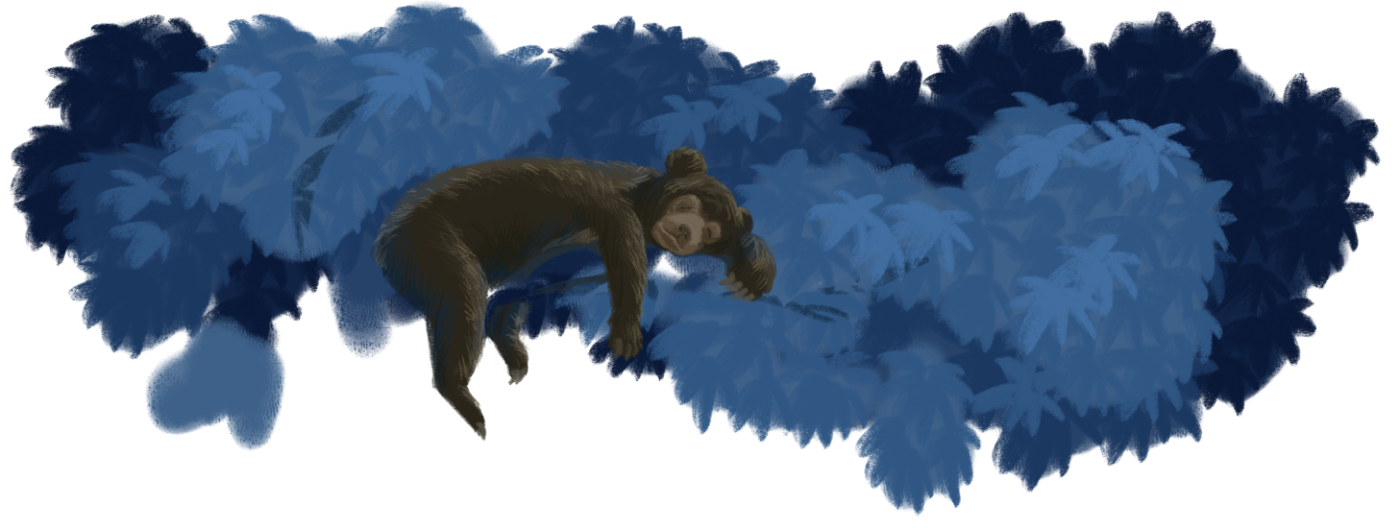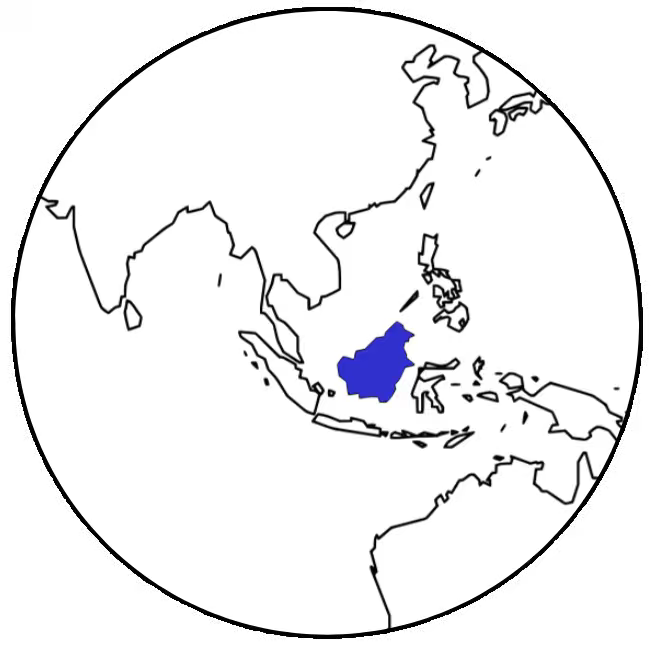


Malayan sun bears
Sun bears are the smallest and probably the cutest bear species in the world. Their fur is shiny black, though it can vary from grey to reddish-brown, and their snouts can be grey, silver, or orange. Their name comes from the characteristic orange-yellow patch on their chest that resembles the letter U or, as some people say, the rising (or setting) sun. They have small, rounded ears. Their paws are large, with bare soles and long, curved claws.
Sun bears live in Southeast Asia, including Southwest China (Yunnan), Northeast India, Bangladesh, Cambodia, Myanmar, Thailand, Vietnam, Indonesia, and Malaysia. Those living on Borneo are even smaller. Their natural habitat includes tropical rainforests (evergreen forests, montane forests, and sometimes mangroves).
Sun bears are very shy and timid animals. When they are not sleeping, they spend most of their time avoiding encounters with other animals, including their own species. Their paws, claws, and size make them exceptional climbers, and they love to live high up in the tree foliage. They rest, eat, and raise their cubs at heights of 2-7 meters above the ground, which categorizes them as arboreal animals. Due to their shyness, they are also nocturnal creatures, foraging for food at the forest floor level during the nighttime to avoid predators. Their keen sense of smell helps them detect potential danger from afar—it is 2,000 times more powerful than a human’s.
Sun bears are omnivores; they eat anything edible they can put into their mouths. Most of their diet consists of fruits (such as figs and myrtles), insects (particularly bees and termites), invertebrates, small mammals, and reptiles. However, their favourite food is honey, which is why they are also known as honey bears.
Sun bears are keystone species and are often referred to as “forest doctors.” They act as natural pest control by keeping in check animals that could hollow out and kill trees. Their digging and wood scraping in search of food creates nesting cavities for other animals and turns over soil nutrients. They also help to disperse seeds throughout the jungle – can you guess how?
Aside from their natural predators, such as tigers, leopards, snakes, birds of prey, and crocodiles, the biggest threat to them is humans. People poach these cute animals for their body parts and to sell them as pets. They also destroy sun bears’ natural habitats and convert these areas for farming purposes. Additionally, climate change is altering their existing environment.
